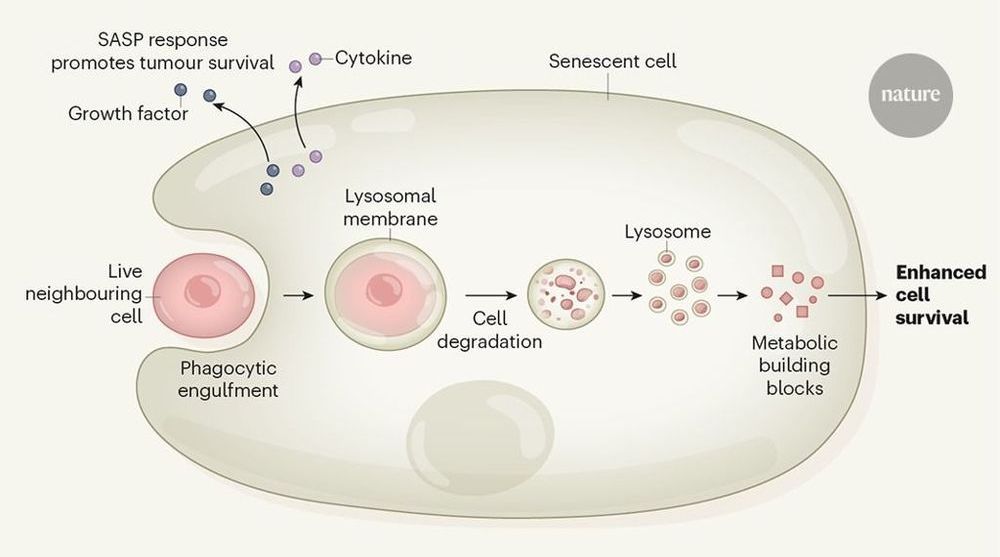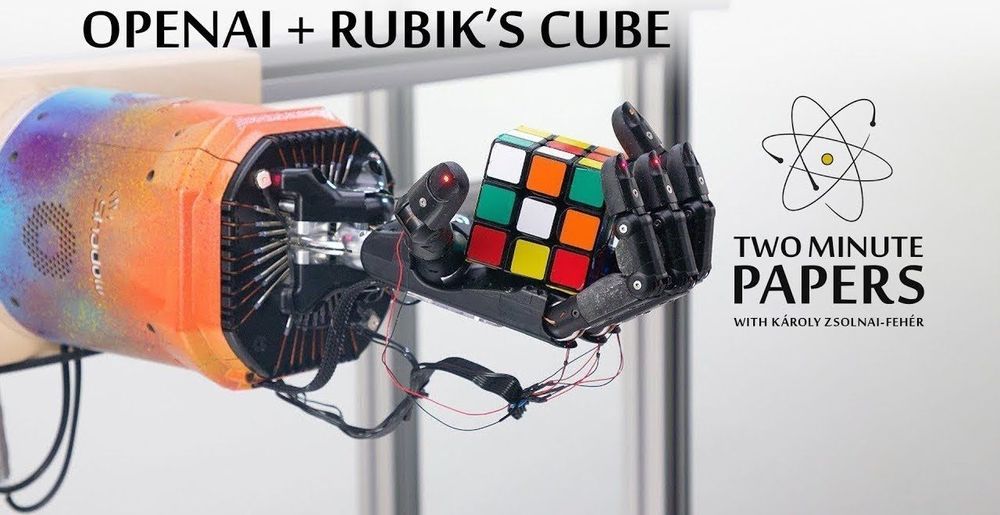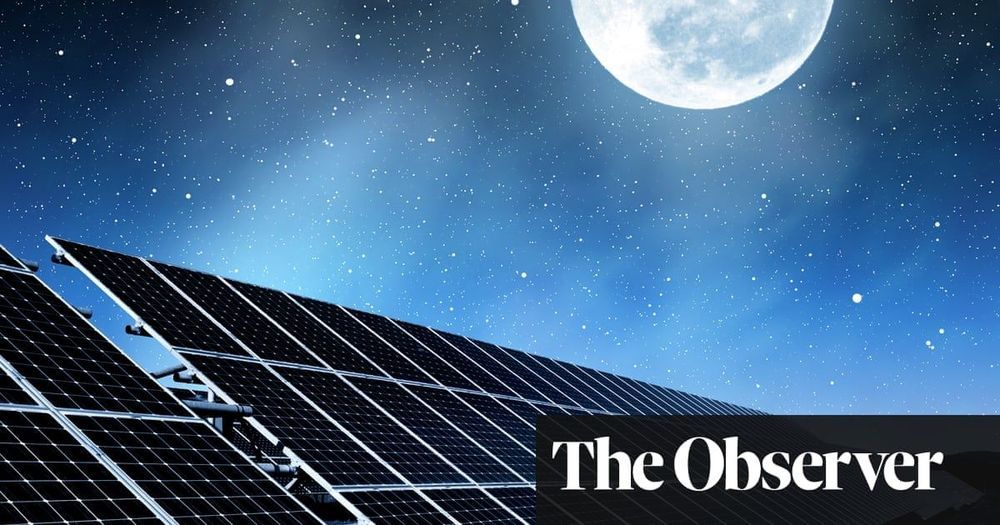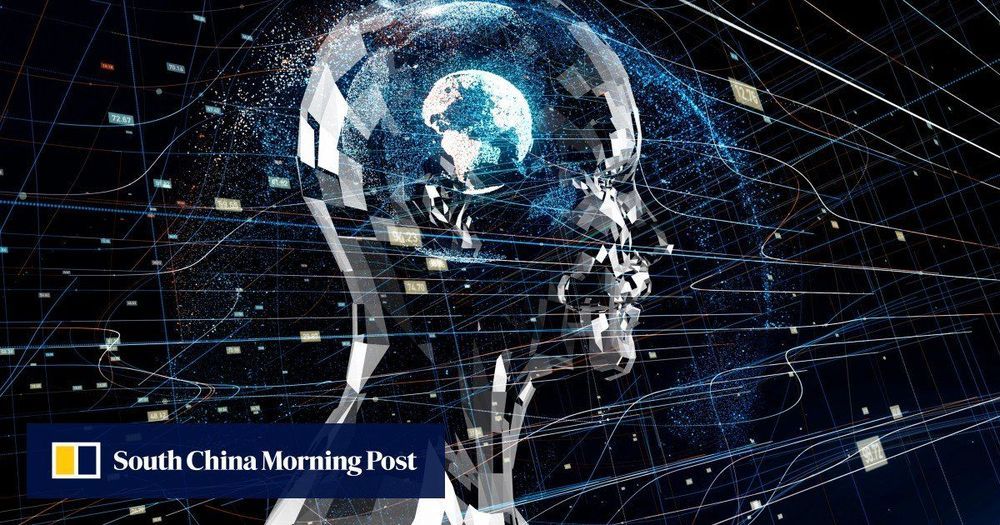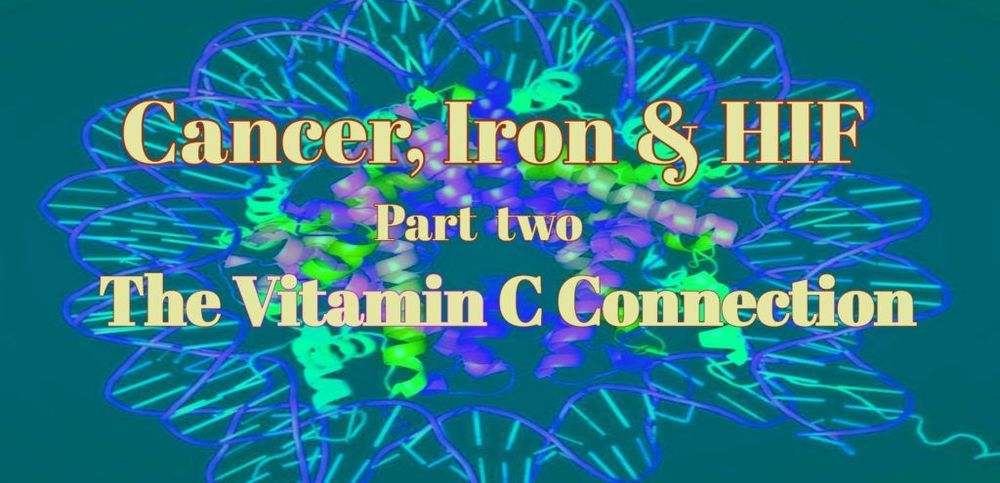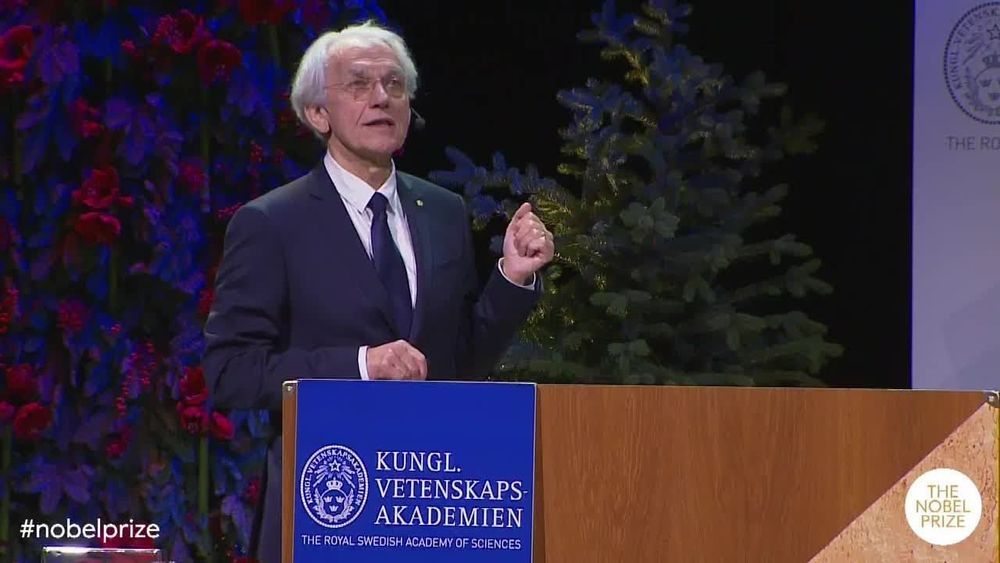Chemotherapy-treated cancer cells that enter a non-dividing state called senescence can nevertheless boost cancer growth. The finding that these cells eat neighbouring cells reveals a mechanism that enables senescent cells to persist. Chemotherapy-treated tumours boost their survival by ingesting cells.
❤️ Check out Weights & Biases here and sign up for a free demo: https://www.wandb.com/papers
The mentioned blog post on the gradients and its notebook are available here:
Post: https://www.wandb.com/articles/exploring-gradients
Notebook: https://colab.research.google.com/drive/1bsoWY8g0DkxAzVEXRigrdqRZlq44QwmQ
📝 The paper “Solving Rubik’s Cubewith a Robot Hand” is available here:
https://openai.com/blog/solving-rubiks-cube/
🙏 We would like to thank our generous Patreon supporters who make Two Minute Papers possible:
Alex Haro, Anastasia Marchenkova, Andrew Melnychuk, Angelos Evripiotis, Anthony Vdovitchenko, Benji Rabhan, Brian Gilman, Bryan Learn, Christian Ahlin, Claudio Fernandes, Daniel Hasegan, Dan Kennedy, Dennis Abts, Eric Haddad, Eric Martel, Evan Breznyik, Geronimo Moralez, James Watt, Javier Bustamante, John De Witt, Kaiesh Vohra, Kasia Hayden, Kjartan Olason, Levente Szabo, Lorin Atzberger, Lukas Biewald, Marcin Dukaczewski, Marten Rauschenberg, Matthias Jost, Maurits van Mastrigt, Michael Albrecht, Michael Jensen, Nader Shakerin, Owen Campbell-Moore, Owen Skarpness, Raul Araújo da Silva, Rob Rowe, Robin Graham, Ryan Monsurate, Shawn Azman, Steef, Steve Messina, Sunil Kim, Taras Bobrovytsky, Thomas Krcmar, Torsten Reil.
https://www.patreon.com/TwoMinutePapers
Splash screen/thumbnail design: Felícia Fehér — http://felicia.hu
Károly Zsolnai-Fehér’s links:
Laborious calculations which once took an hour can be completed in a fraction of a second with machine learning, according to scientists.
Night Lion Security’s Vinny Troia has discovered an unsecured database containing the personal information of 1.2bn users.
We have a refined estimate for the mass of the neutrino, the most abundant massive particle in the Universe: its mass is 500,000 times less than an electron.
A sage extract has been clinically shown to increase memory performance in older adults by 60%. Measures of attention improved 2.5-fold within hours of ingestion.
By Michael Downey
Cancer cells love iron and HIF1a. Ferrous heme is life supporting while ferric heme is cytotoxic. Vit C is the protector and modulator of iron metabolism.
🎁 Photo
Posted in life extension | 1 Comment on 🎁 Photo
Give the gift of cutting edge longevity insight with our Black Friday sale: $20 off 2019 RAADfest video collection starting now! 🔛https://vimeo.com/ondemand/raadfest2019
